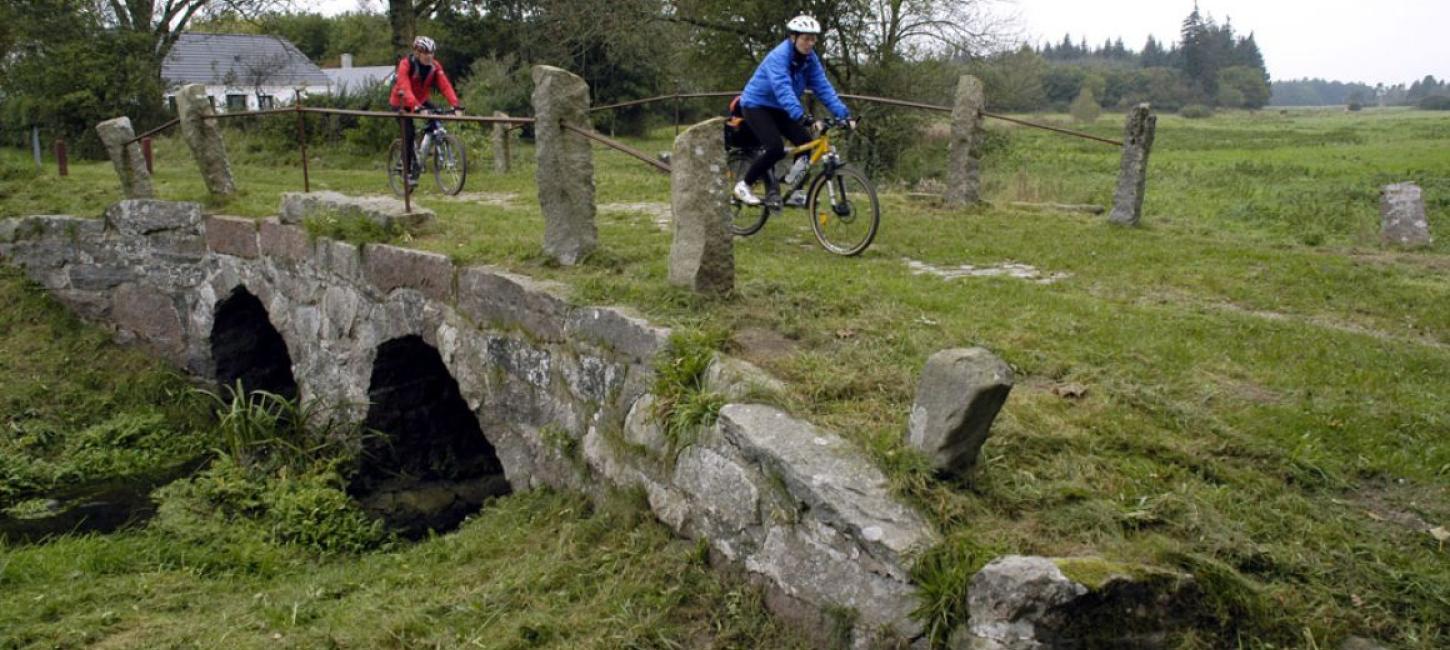
Cycling Stage Kliplev - Padborg (The Border to Germany) (16 km)
Photo: Hærvejen
The route from Kliplev to Padborg is a very historical part of the Hærvej. You will see the last of the Hærvej’s old bridges at Gejlå, from 1818. If you enjoy museums, then you will enjoy this part of the route as Frøslev Camp contains a number of different museums to suit every taste.